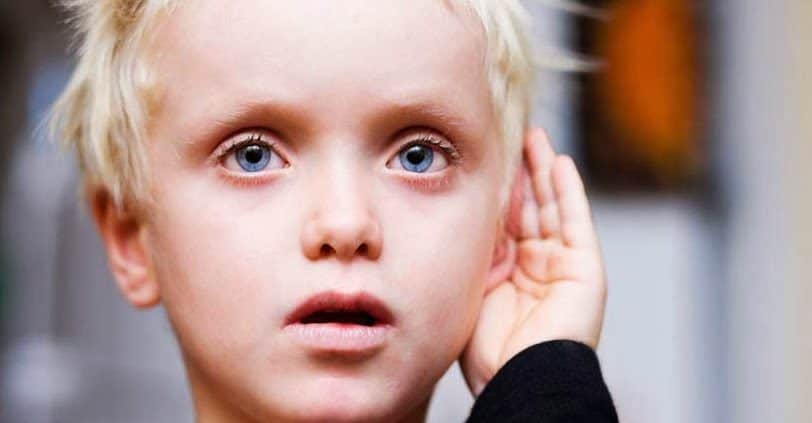5 Misunderstandings about Hearing Loss in Children
There are many misunderstandings about hearing loss in children. Perhaps one of the most prominent misunderstandings is only older people have hearing loss. And while it is true that 36 million American adults (approximately 17 percent) report having some degree of hearing loss, there are 3 children for every 1,000 born who experience serious or profound hearing loss.
Because hearing loss can occur at any stage of life, and because there are so many misconceptions about hearing loss in children, we’ve put together a list of five of the most significant misunderstandings in hopes to get parents and educators thinking more about hearing loss in children.
- Misunderstanding #1: A child who responds to sound doesn’t have hearing loss.This is misunderstanding for several reasons—one, because, like many things, hearing loss is a spectrum. A child may hear some sounds and not others. If you notice a child with delayed speech, who seems inattentive, and who inconsistently responds to sounds, have his or her hearing tested.
- Misunderstanding #2: Late-diagnosed hearing loss is the same as being born with hearing loss.The difference between hearing loss that occurs after versus before the development of language is quite significant. As explained by Janice Schacter Lintz, “Children whose hearing loss occurred before they developing language can develop coping skills such as lip reading, but they do not have the benefit of hearing normally while learning to speak. The sound of their voice may be different, their language may be missing in nuance, and learning vocabulary may not come naturally to them.”
- Misunderstanding #3: Hearing aids and cochlear implants restore “normal” hearing
The important thing to remember about hearing aids and cochlear implants (CI), is that using them is not the same as wearing glasses. While hearing aids increase the volume at which a person is able to hear, they may not function well in noisy locations or improve clarity in significant ways. Likewise, CI benefits vary and depend on many factors such as the length and onset age of hearing loss in children and when the CI was implanted. - Misunderstanding #4: A child with a hearing aid or CI does not need additional assistance.
There is a common misunderstanding that a child with a hearing aid or cochlear implant can hear normally and therefore does not need an FM unit or a teacher for the hearing impaired. However, children with hearing loss may prefer to pretend to understand what is being said rather than draw attention to themselves. Often, teachers may simply assume that a child is paying attention. FM units, when used correctly and in conjunction with an attentive teacher, can provide much more clarity. Likewise, a child who can follow conversation in a small group setting may still need further assistance—via captions and an FM system—when watching movies or films in class. - Misunderstanding #5: Increasing the volume will help a child understand.
This is just one part of the solution. The truth is that simply turning up the volume on a hearing aid can distort sound, and speaking louder or over-articulating can disrupt the natural rhythm of language and speech. A child with hearing loss can hear best in an otherwise quiet room, particularly one with curtains, carpet, or other fabric to absorb harsh or unwanted sounds.
We can help with hearing loss in children. If you are a teacher and think a student of yours is experiencing hearing loss, contact the child’s parent immediately. If you are a parent concerned about your child’s hearing, contact us for a screening.




There are numerous false impressions about hearing impaired in youngsters. Maybe a standout amongst the most conspicuous false impressions is just more established individuals have hearing misfortune. Grown-ups (roughly 17 percent) report having some level of hearing loss. there are 3 kids for each 1,000 conceived who encounter genuine or significant hearing loss.